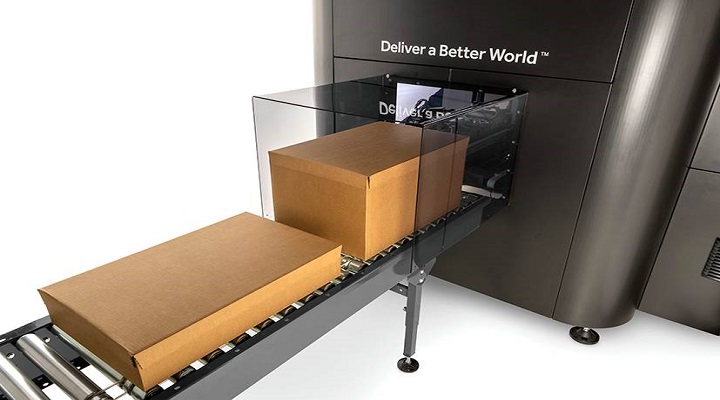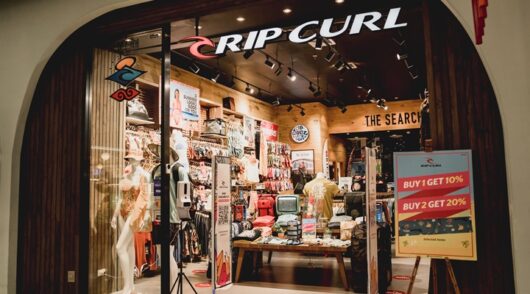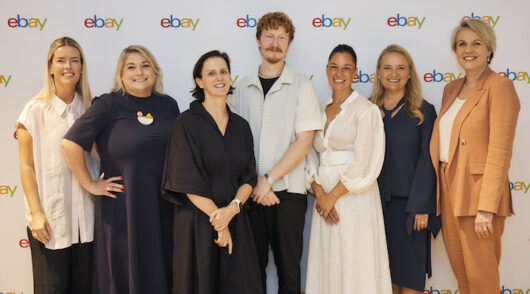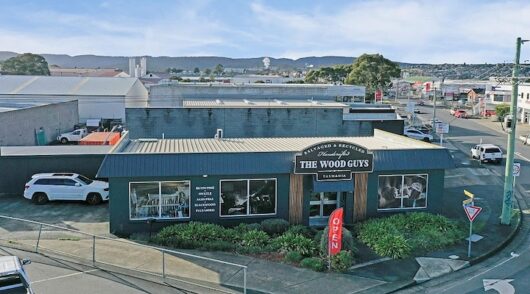With shipping costs continuing to rise fuelled by inflation and supply-chain issues, a legacy of the pandemic era, retailers selling online are under intensifying margin pressure.
But during a webinar hosted by Inside Retail managing editor of features and premium, Heather McIlvaine, several fulfilment and packaging experts highlighted the considerable potential for cost savings and warehousing efficiency through automation. In fact, packaging automation can deliver a greater return on investment than any other warehousing technology solutions at the business end of customer fulfilment.
Saar Davidi, innovation director, automation, at Ranpak, Richard Whetton, head of e-commerce fulfilment at Australia Post, and Jordan Ross, FC manager at Catch joined McIlvaine in discussing the challenges facing online retailers as fulfilment costs spiral. They concluded that if you’re an e-commerce business looking to scale and succeed, manually packing orders is not really an option – packaging automation has now become an essential piece of the fulfilment puzzle.
Ranpak specialises in machinery that intelligently picks and packs products bought online for delivery, using 100-per-cent sustainable materials, including void-fill, cardboard and sealing solutions. The company’s automated systems can crease and fold external packaging to reduce the size of the boxes in which goods are packaged to suit the size and shape of the goods inside, reducing the need for void fill – and the space each parcel takes up during the journey from warehouse to the customer’s doorstep.
For most online retailers, minimising package size requires them to source and store as many as 20 different box sizes, manually selected by staff packaging each order. This can create a bottleneck at the end of the line with trolleys stacked with orders ready to be shipped lined up while staff select the right box and manually complete the packing.
But Ranpak’s proprietary software has created an intelligent solution designed to ‘right size’ the boxes. It senses the size of the products being packed, creases the cardboard to alter the flap size, fills any void and seals it with an eco-friendly adhesive.
When working with new customers, Ranpak seeks historic volumetric data to determine the ideal sizes of the base boxes. Typically, a retailer will replace 15 or 20 carton size options with as few as three, reducing the inventory it needs to have on hand and eliminating waste. Before the technology is even installed, Ranpak can demonstrate the cost savings to a business from its efficient, intelligent packaging solutions.
Jordan Ross of Catch said that installing Ranpak’s machines led to a 36 per cent reduction in void space across orders while having team members pick and place directly into cartons – rather than trolleys – helped reduce labour in the packing area.
Richard Whetton of Australia Post highlighted three key areas where packaging automation can make a big difference to cost overheads. The firstly is freight because, where once vendors were paying for delivery based on package weight, fees are now being calculated on the size of the packages being delivered. The transition is logical, he says, citing an example:
“If you imagine a freight company delivering packages to people’s doors which has a van with 200 packages inside, if you make all of those packages twice as big, you would need two vans and two drivers, so you are more or less doubling the cost and that cost gets passed on to the customer. So making the package as small as you can means that you’re going to pay the minimum you can for that package and that’s really important.”
The second cost saving from automation comes from the cardboard. By reducing the void, you need less cardboard – furthermore, the company usually has to fill that void with something which carries an extra cost.
“So by getting a package that fits exactly to the size of the product that you’re trying to ship, you absolutely minimise the amount of material that you need to use. That means reduced cost, and it’s also much better for the environment.”
The third benefit is in reducing labour costs because picking and packing directly into boxes reduces the manual component.
Whetton says that while there is a lot of discussion about the savings achievable from using automated picking technology in warehouses, that technology is typically very expensive to build and install.
“You can get a much bigger bang for your buck in terms of labour reduction by investing at the packing stage than you would in the picking stage. This is why I would say to anybody that’s starting out on the automation journey: look at packing first because you’re going to get similar labour savings to what you would get by automating picking, but you’re going to pay less to get it, you’re going to reduce your packaging costs, and – the really big one – you’re going to reduce your freight spend. Any one of those produces a return on your investment, so the three of them together have an incredible effect.”
Davidi agrees, adding that while many companies are being drawn to whatever “sexy new technology” of the moment is being touted – such as robots or drones – “they are neglecting the fact that your bottleneck is at the end of your warehouse”.
“So keep an open mind. The savings and the ROI can be absolutely massive. We have customers that are achieving savings of 20 or 30 per cent and who now have the ability to ship double the number of orders from the same four walls, just by changing the end of the line.
Whetton says that beyond the cost-saving benefits of reducing the overall package size and the void, there is a customer experience spinoff.
“The customer’s unboxing experience is really critical. When you are operating as an e-commerce supplier, this is your first significant [physical] touch point with the customer. It’s equivalent to a customer going into a store and trying something on and feeling the fabric – it’s the first time they actually get to touch the product.”
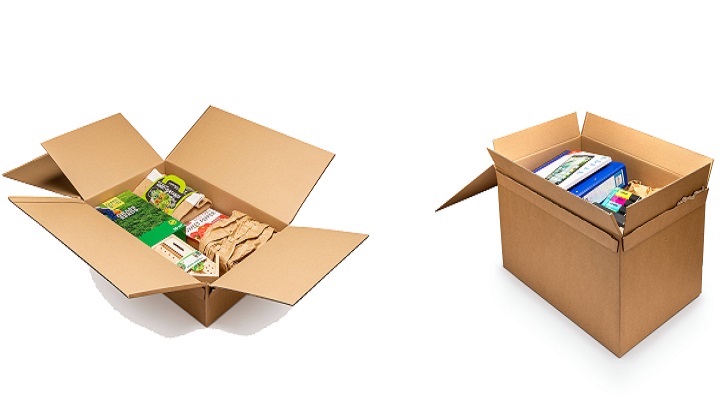
Unboxing videos have become something of a phenomenon on YouTube, with consumers sharing the experience – and emotions – while unpacking an online order.
“Who would have thought that unboxing videos would be a thing 10 or 15 years ago, but now there are so many of them. That can make a really big impact on the customer’s emotional connection to that brand, which is why companies like Apple invest as much as they do in the packaging they use.
“Getting that presentation to the customer right is really, really important. And if they receive a box that is much bigger than it needs to be, and it’s full of airbags, or paper or something, that can be quite unpleasant to people. Not only have they got a lot of stuff to throw away, but if they are environmentally conscious – and I believe most people are these days – it can be quite offensive.”
If you want to learn more about Ranpak’s environmentally friendly packaging solutions, take a look at the company’s website. You can watch the webinar, with much more commentary, here.

